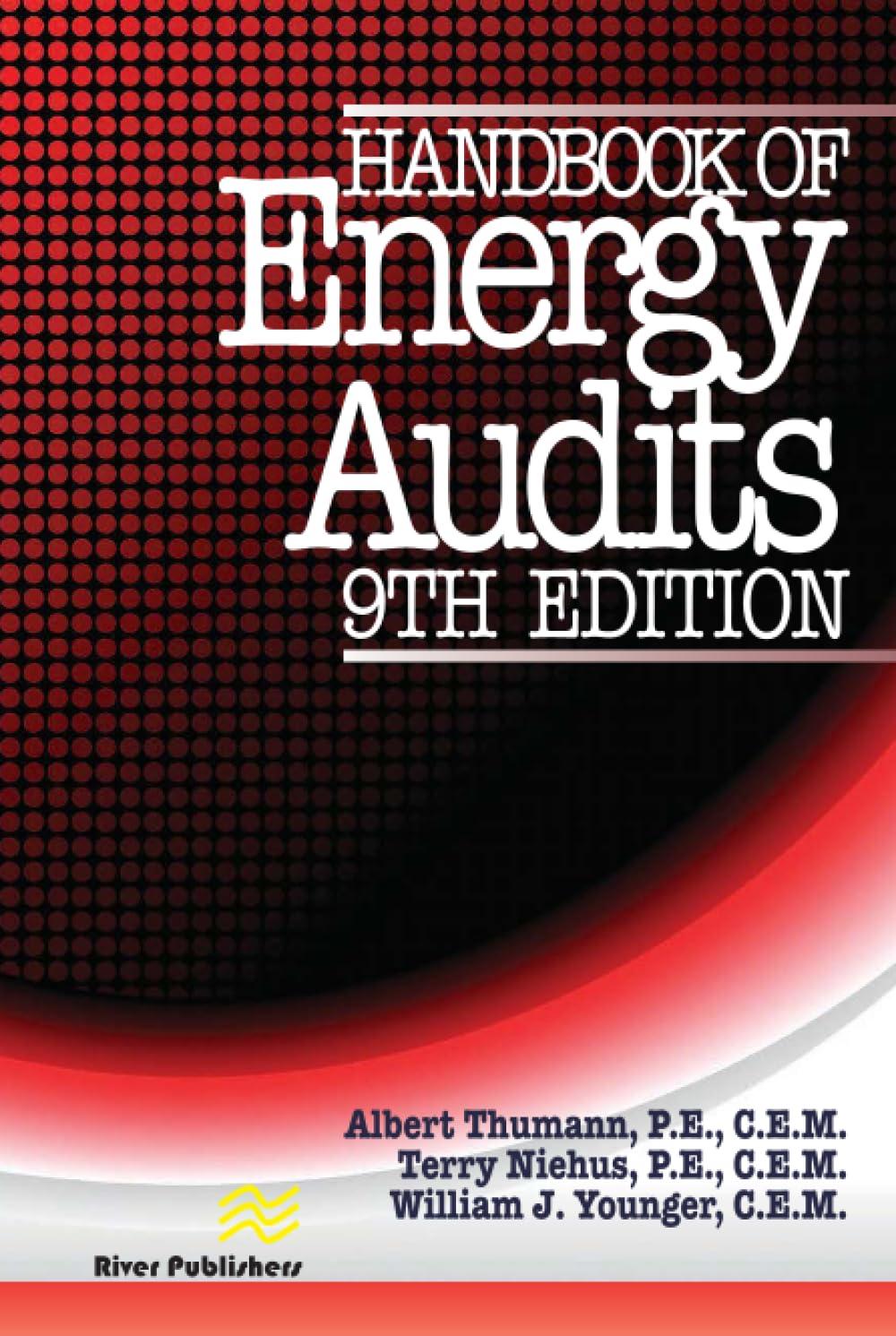



Comparing Income Statements and Balance Sheets of Competitors Following are selected income statement and balance sheet data from two retailers: Abercrombie & Fitch (clothing retailer in the high-end market) and TJX Companies (clothing retailer in the value-priced market) (a) Express each income statement amount as a percentage of sales. Round your answers to one decimal place (ex: 0.2345-23.5%) Income Statement ANF $3,750 1,239 TJX $18,647 14,082 ($ millions) Sales Cost of goods sold 0% 0% Gross profit 2,511 4,565 0% Total expenses 2,035 0% 3,793 0% $476 $ 72 Net income 096 0% (b) Express each balance sheet amount as a percentage of total assets. Round your answers to one decimal place (ex: 0.2345-23.5%) Balance Sheet ($ millions) ANF TJX Current assets $1,140 % $3,992 Long-term assets 1,427 0% 2,608 $2,567 $6,600 Total assets Current liabilities $ 543 % $2,761 Long-term liabilities 406 1,708 Total liabilities 949 4,469 Stockholders' equity 1,618 2,131 $2,567 $6,600 Total liabilities and equity Which of the following statements about business models is most consistent with the computations for part (a)? ANF's expenses as a percentage of sales are higher because it spends more on advertising than does TJX. CANF is a high-end retailer that is able to charge high prices for its products, but bears substantial operating costs to support its "shopping experience." ANF's profit is higher than TJX's as a percentage of sales because its sales are higher than TJX's. CANF's gross profit is higher than TJX's because its sales volume allows it to manufacture clothes at a lower per unit cost than can TJX. Which of the following statements about business models is most consistent with the computations for part (b)? ANF reports lower current assets as a percentage of total assets because it pays its vendors on a more timely basis than does TJX. CANF reports higher long-term assets as a percentage of total assets because it depreciates its long-term assets more slowly than does TX. CANF reports lower current assets and higher long-term assets as a percentage of total assets because it carries less inventory and has a greater capital investment in its stores than does TJX. CANF reports lower current assets as a percentage of total assets because it is a smaller company and cannot afford the investment in inventory (c) Which company has a lower proportion of debt? What do the ratios tell us about relative riskiness of the two companies? CANF has a lower proportion of debt than does TJX, which implies that ANF is less risky than jX. Tpx has a lower proporion of debr than does AF whch impltes that Ty s les risky than ANF. ANF has a higher proportion of debt than does TJx, which implies that ANF is less risky than TJX. OTJX has a higher proportion of debt than does ANF, which implies that TJX is less risky than ANF










